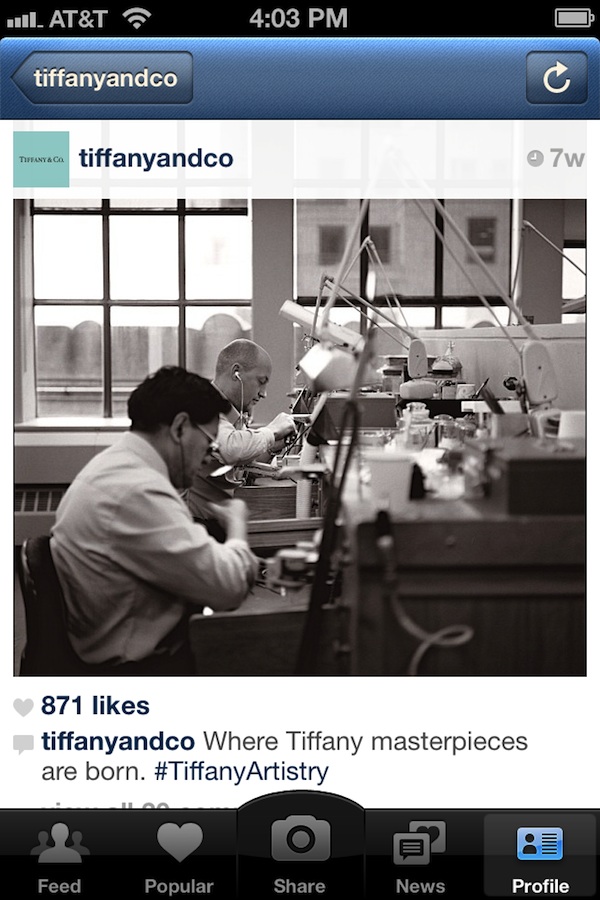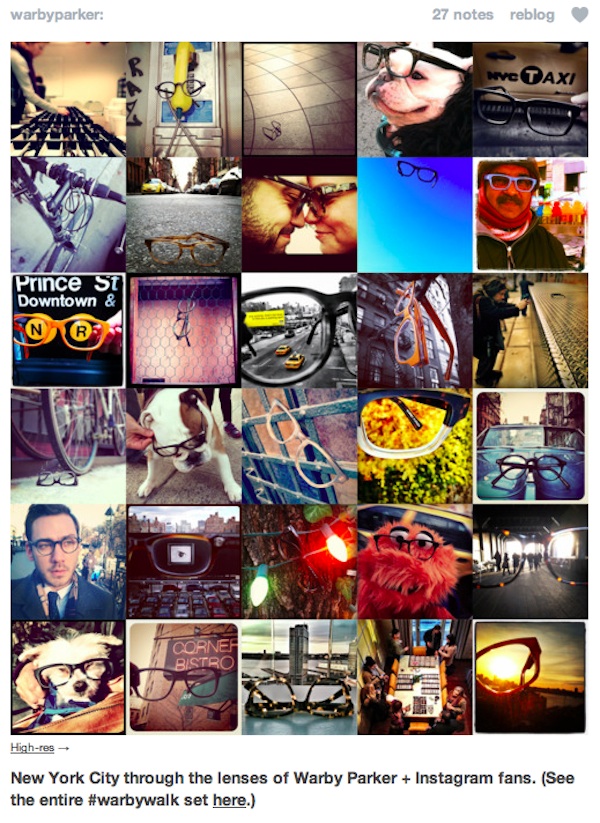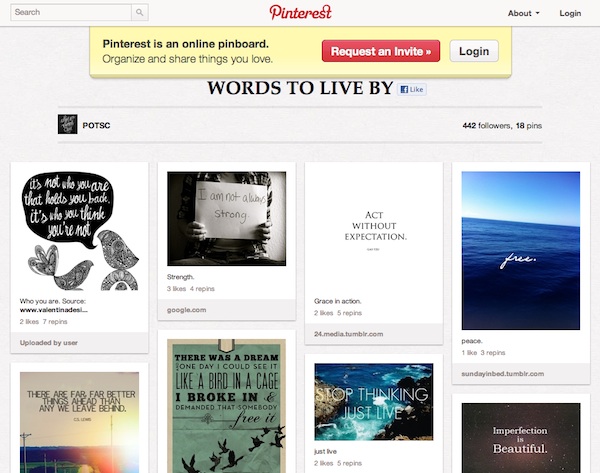Let's Get Visual: Four Tips for Using Photos to Engage With Your Customers
March 2012
By Jeremy Hunt

It’s a mantra we’ve repeated time after time: content is king.
While that is unfailingly true, it’s important to remember that content is more than words on a page. There’s good reason for the saying “A picture is worth a thousand words.” Sometimes there’s simply no better way to drive home a message, evoke an emotional response or bring your brand to life than through the impact of an image.
Here’s how you can harness the power of photography to forge deeper relationships between your customers and your brand:
1. Just do it.
You’re not a professional photographer. You don’t have the thousands of dollars of equipment necessary to stage the types of perfectly polished shots you see on the pages of glossy magazines.
Don’t sweat it. A modern smartphone or digital camera is all you really need to get started. Worry less about technology and technicalities and more about the effect you want to achieve.
There’s no more important objective for today’s marketer than establishing bonds of trust between your brand and your customers. And there’s no easier, more efficient way to plant those seeds of trust than by pulling the curtain back and giving them a peek behind the scenes.
Tiffany & Co. is a high-end brand with high-dollar price tags to match. The company uses its Instagram account to share photos of its inner working with the world, showing that there’s more inside that classic turquoise box than merely a status symbol.

2. Let your customers do the snapping.
These days, everyone walks around with a camera in their pocket. As such, mobile photo sharing has become an integral part of today’s culture of the Web.
Let this trend work in your favor by putting your customers behind the lens generating great content that shines a spotlight on both your brand and the people who love it.
Warby Parker, an eyewear company based in New York City, invited their fans and customers to join them on a photo adventure through NYC called “Walk of the Town.” Over 100 fans participated, resulting in nearly 700 photos generated and tagged with #warbywalk.

This is a fantastic marketing concept on two levels. First, what cooler way to showcase the company’s unique, funky frames than against the backdrop of one of the world’s most iconic cities for style and fashion? Second, consider the residual PR value that results from each of these 100 fans sharing their photos with their own followers and Facebook friends, who also likely commented on and shared them with their own circles in turn.
3. Branch out.
When it comes to using social media to connect with customers, most companies focus on the big four: Facebook, Twitter, Google+ and LinkedIn. But there are a number of niche social sites that offer excellent opportunities to use images to gain exposure to both your existing customer base and new prospects alike.
For example, in addition to Instagram, Warby Parker is also active on Pinterest. As its name implies, Pinterest is a pinboard-style social photo sharing website. Users “pin” photos on boards they self-classify by category, allowing them to keep track of anything and everything they find appealing, from recipes to fashion to home decor ideas and more. The social aspect comes into play when pinners follow others users and can like, comment on or “repin” images to their own boards.
People of the Second Chance, a faith-based nonprofit, uses Pinterest as a vehicle to boost awareness of their organization, advocate for their mission of spreading love and grace and drive donations. They feature products for sale in their online store as well as inspirational images that represent core elements of their mission.

By being willing to experiment with these smaller niche networks like Pinterest and Instagram, you can gain exposure to your existing customers in new ways and catch the eye of new customers, too. It all begins with a little daring and a little creativity.
4. Think before you snap, but don’t over-think it.
In the age of social media, once you send something out into the world, it’s really out of your hands. So before you get too snap-happy, take a second look at your photos and make sure you’re sending the message you intend so you don’t accidentally invoke a negative backlash.
That being said, don’t be paralyzed by aspirations of perfection, either. There’s no better way to let the personality of your brand shine than through quirky, unique, cool, artsy or clever images.
There’s a reason why Facebook’s EdgeRank algorithm puts such a high value on posts that include pictures: People love looking at photos. At the end of the day, it’s just that simple.
So have fun, be creative and take a few risks. After all, one great photo really can do the work of a thousand words in conveying what it is that your brand stands for.
Jeremy Hunt is a writer, communicator and social media grunt who lives in Charlotte, North Carolina. He currently serves as the manager of corporate social media for Novant Health. Keep up with all that he finds cool in the world at jeremyhunt.tumblr.com or follow him on Twitter: @jehuthehunt.